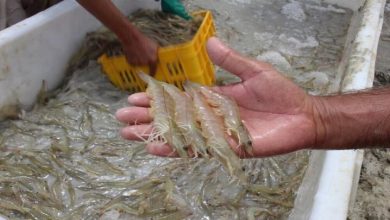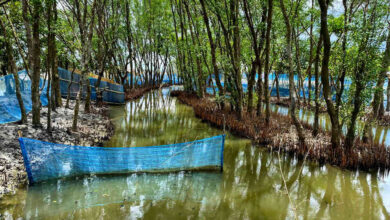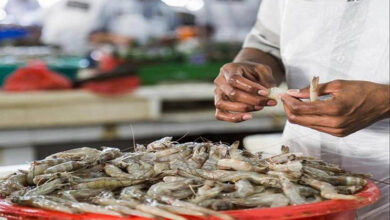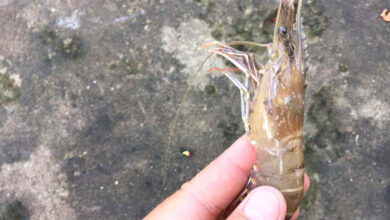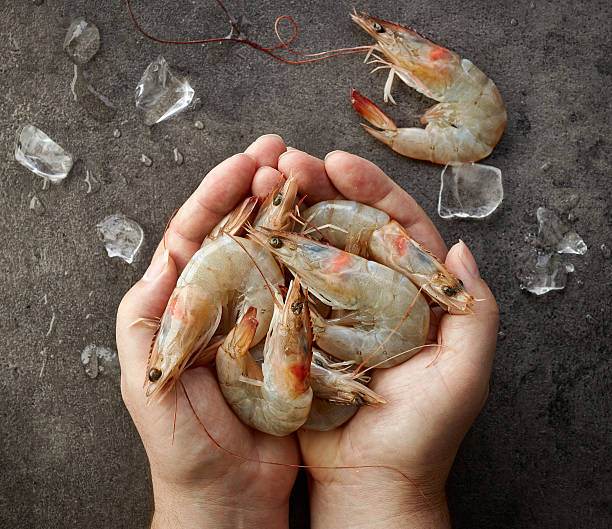
The whiteleg shrimp (Litopenaeus vannamei), also known as Pacific white shrimp or Vannamei, is a popular species of prawn found in the eastern Pacific Ocean. It is commonly collected or farmed for food and has been introduced to various regions worldwide for aquaculture purposes. Due to its lack of reproductive populations and limited impact on biodiversity, it is generally considered to have had a minimal negative economic effect on non-indigenous areas.
However, the rapid expansion of unregulated Vannamei shrimp farming has led to numerous socio-economic and environmental consequences. This industry’s unplanned growth has caused biological imbalances, environmental contamination, mangrove degradation, biodiversity loss, sedimentation, saltwater intrusion, water pollution, and disease outbreaks. These effects have had both immediate and long-term detrimental impacts on the environment, resulting in the decline of fruit and woody trees, agricultural crops, and overall biodiversity. These undesirable effects accelerate changes in biodiversity, biological systems, and aquatic and terrestrial environments.
Of particular concern is the encroachment of shrimp ponds near the Sundarbans mangrove forest, which plays a crucial role in protecting coastal shorelines, supporting marine fisheries, and maintaining coastal ecology. Shrimp aquaculture has been identified as a major cause of mangrove loss, accounting for the destruction of 30% to 70% of the mangrove ecosystem. The removal of mangroves also affects sedimentation patterns, coastline morphology, and increases coastal erosion.
The introduction of shrimp seeds from different geographic regions has resulted in the introduction of five out of six alleged penaeid shrimp diseases. Improper isolation of imported whiteleg shrimp seeds poses a significant risk of infecting Bangladesh with viruses and dangerous diseases. Shrimp farms in Bangladesh rely on wild-caught juveniles rather than post-larvae raised in hatcheries, further contributing to a decline in biodiversity.
Water pollution in shrimp farming areas and their surrounding seas is primarily caused by low-quality feed. Soil treatment elements, pesticides, algicides, and feed additives are commonly used in shrimp ponds to purify water, remove debris, and prevent disease. Some artificial substances used in shrimp farming, such as organotin mixtures, copper mixtures, and toxic residues, can have adverse effects on the environment. Chemicals like chlorine are employed as disinfectants to eliminate bacteria, and additional insecticides are used to control unwanted creatures in shrimp ponds.
The effluents from shrimp ponds often contain high levels of suspended particles, nutrients like ammonia, nitrate, nitrite, chlorophyll, and biochemical oxygen demand (BOD). Discharging these effluents into the environment can lead to changes in benthic populations, reduced oxygen levels, eutrophication, hypernutrification, and increased sedimentation loads.
Despite providing temporary job opportunities, the cost of shrimp farming, particularly Litopenaeus vannamei culture, outweighs the benefits. It leads to the destruction of both terrestrial and marine ecosystems. When considering social and environmental issues, shrimp farming fails to improve the farmers’ overall well-being and access to basic amenities.
Farhana Islam
Agriculturist, Researcher

